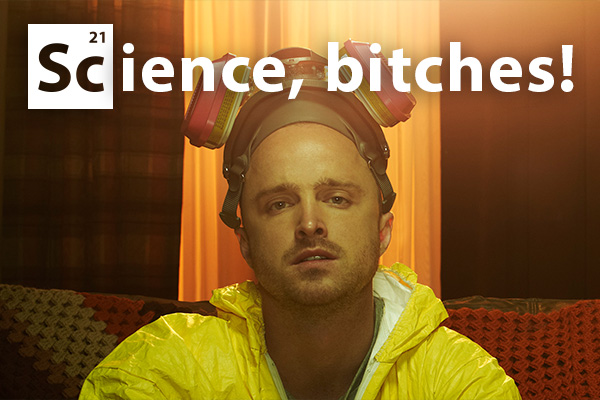Science, Bitches! | Issue 15
Tiny Technology
You’ve probably heard about nanobots in various sci-fis, but did you ever think that were actually possible? Well, we may not yet be able to make the extreme hi-tech tiny robots we see in fiction, but what we can do is imitate how proteins and molecules act at the molecular level, using their designs to make our own. We also have the technology available to create really tiny versions of the technology we already have today.
How about data storage? Our demand for data worldwide is growing at a huge rate, and it all has to be kept somewhere. What if there was a way of keeping it somewhere really small? It turns out that scientists have been able to store books in DNA. The words are converted into binary, which is then turned into the DNA strands. One gram of DNA can store an exabyte of data – that’s a million times what your average terabyte hard drive can store!
3D printing has the potential to revolutionise technology. With the right instruction, a 3D printer can print any shape you want. A team at Harvard recently used a 3D printer to print tiny batteries the size of a grain of sand! They carefully designed their “ink” so it would have the right properties to act as a battery. The result was micro-batteries that compare to commercial batteries. Now, I just wonder what happens if you use a 3D printer to print another 3D printer …
As technology gets smaller, we can pack more in, which has more uses than simply making your smartphone more flash. Once again, the one we have to thank is the science, bitches.



